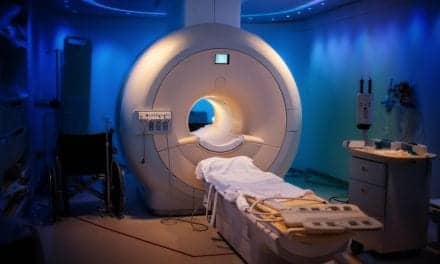In a recent study that appeared in the Journal of Neuroscience, scientists demonstrated that repeated obstruction of the airways requires release of the brain chemical noradrenaline. The release of this chemical helps the brain learn to breathe more effectively and purposefully.
“What we showed is that repeated disruption of normal lung activity—what happens during sleep apnea—triggers a form of learning that helps you breathe better. This type of brain plasticity could be harnessed to help overcome the breathing insufficiency that typifies sleep apnea,” says Dr. John Peever, associate professor of neuroscience and lead author of the study.
In order to mimic the experience of severe sleep apnea, the scientists induced short 15-second apneas in sedated rats by repeatedly restricting airflow into the lungs. They found repeated apneas caused the brain to progressively trigger more forceful contraction of the respiratory muscles, which caused an increase in breathing. This increase lasted for over an hour.
Peever says it seems the brain is using the unwanted side effects of sleep apnea to help it learn to prevent future apneas by increasing the depth of breathing.
This study also pinpointed the brain chemical that allows this type of plasticity to occur. They found that noradrenaline is required in the case of repeated apneas to cause brain plasticity and enhance breathing.
These findings are important because they suggest that artificial manipulation with common drugs that affect noradrenaline levels in the brain could also help improve breathing in patients suffering from sleep apnea. This work could serve as the potential basis for developing the long sought after pill for sleep apnea.



